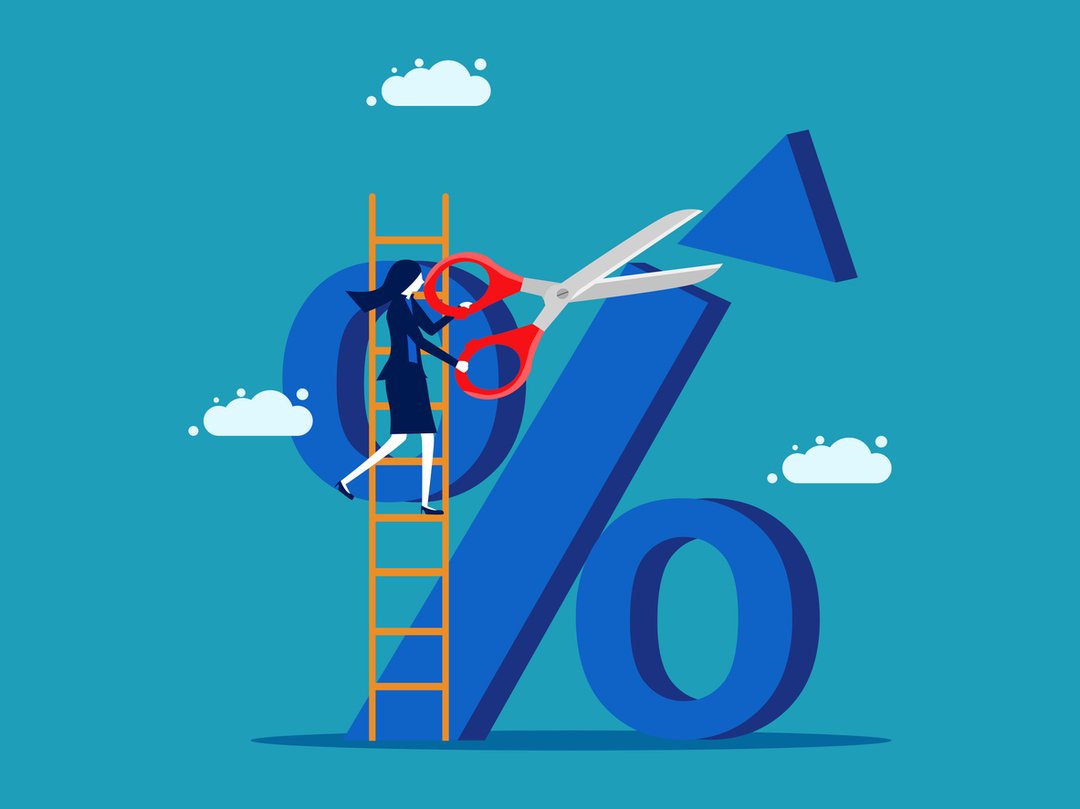
Canada’s inflation rate dropped below 2 per cent in September for the first time in more than three years, a surprisingly weak result that could spur the Bank of Canada to deliver a larger interest-rate cut next week to guard against inflation falling too much.

iStock-1406016575
The Consumer Price Index (CPI) rose at an annual rate of 1.6 per cent in September, down from a 2-per-cent pace in August, Statistics Canada said Tuesday. Financial analysts had been expecting a slowdown to 1.8 per cent. On a monthly basis, consumer prices fell 0.4 per cent.
This marked the lowest inflation rate since February, 2021, when Canada was in the throes of a pandemic that momentarily led to weak price increases, but gave way to the largest inflationary spell in four decades.
The soft results on Tuesday were heavily influenced by gasoline prices, which fell 7.1 per cent in September from August. Excluding gas, the CPI rose by an annual rate of 2.2 per cent, matching the increase in August.
To fight inflation, which peaked at roughly 8 per cent in mid-2022, the Bank of Canada raised interest rates 10 times over 2022 and 2023. Now that inflation has simmered down, the central bank has delivered three consecutive rate cuts since June, taking its policy rate to 4.25 per cent from 5 per cent.
The bank’s next decision on Oct. 23 has been hotly debated for weeks. Economists and investors were roughly split over whether the BoC would stick with quarter-percentage-point cuts or opt for a larger half-point reduction.
But after the inflation report, investors are leaning toward a bigger move. As of Tuesday morning, markets were pricing in a 75-per-cent chance that the BoC will lower its benchmark interest rate by 50 basis points next week, compared to roughly 50-50 odds before the report, according to Bloomberg data. (There are 100 basis points in a percentage point.) Most of Canada’s major banks are making the same prediction.
“The Bank of Canada needs to do something to revive the economy and stop inflation from falling too far,” said Royce Mendes, head of macro strategy at Desjardins Securities, in a client note. “Our view is that a 50-basis-point rate cut is the right dose of medicine.”
Inflation in the July-September third quarter came in lower than Bank of Canada estimates, and it’s been generally soft this year, relative to expectations. More resilient supply chains and lower energy prices have helped to tame price increases over the past two years. And because of higher borrowing costs, many households have been forced to tighten their budgets, bringing demand into better balance with supply.
“Inflation risks have eroded over the last few months,” James Orlando, senior economist at Toronto-Dominion Bank, said in a note.
Housing costs rose by an annual 5 per cent in September, down from 5.3 per cent in August, the Statscan report showed. Rents rose by 8.2 per cent – quite elevated by historical standards, but down from 8.9 per cent in August. Other data sources are indicating that rents are declining in some cities.
Grocery prices rose 2.4 per cent in September, year over year, matching the increase in August. Clothing and footwear prices have dropped 4.4 per cent over the past year.
On a three-month annualized basis, the Bank of Canada’s core measures of inflation – which strip out volatile movements in the CPI – slowed to 2.1 per cent in September from 2.3 per cent in August.
‘A watershed moment’: How market bets and economist views for future BoC rate cuts have shifted after today’s inflation data
In recent months, the central bank has warned that inflation could drift below its 2-per-cent target. And while the BoC is unlikely to be alarmed by one month of below-target inflation – especially when the results were greatly skewed by shifting gas prices – it has stressed that economic activity needs to pick up to ensure this doesn’t become a trend.
Statscan reported last Friday that employment rose by nearly 47,000 in September – nearly double the median estimate on Bay Street, and an encouraging sign for central bankers who want to see more growth. However, the country’s employment rate has been in steady decline as population growth outpaces job creation.
Several analysts have said that inflation could pick up in the coming months, particularly with gas prices rising in October. The Bank of Canada is projecting a sustainable return to the 2-per-cent inflation target in 2025, although its economic forecasts will be updated next week, alongside the rate decision.
Bank of Montreal chief economist Doug Porter on Tuesday said inflation dropping below 2 per cent was a “watershed moment.”
“It’s a close call, but we suspect that the big improvement in inflation, the still-high unemployment rate, and the still-sour consumer and business sentiment will be enough to prompt the Bank of Canada to opt for a 50 [basis point] rate cut later this month,” he said in a client note. “After all, the BoC has dovishly signalled that they are now more concerned about downside risks to the economy and the possibility that inflation may drop too low.”
© Copyright 2024 The Globe and Mail Inc. All rights reserved.
Comments are closed.
